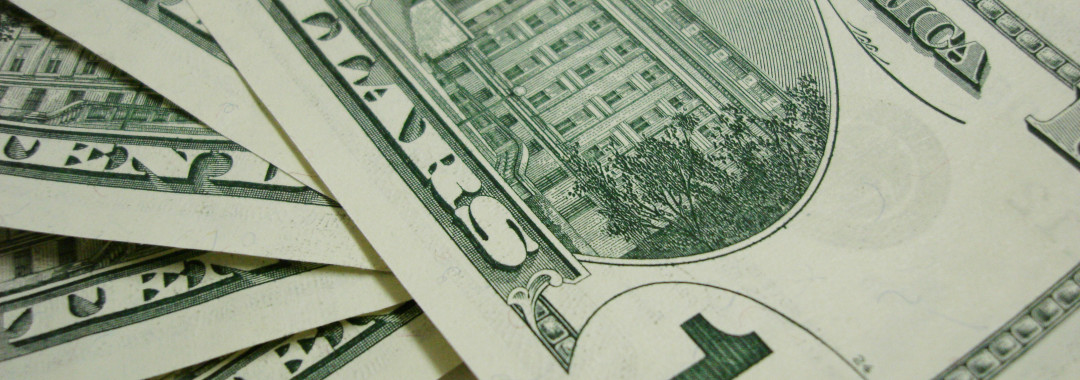If you file a Chapter 13 bankruptcy case, you will be required to propose a payment plan to be administered through the court. The plan will last between three and five years, depending on the particulars of your case. The longer your proposed plan, the lower your payments will be. Your payments will be made to the bankruptcy trustee, who will then use the money to pay your creditors. Depending on your debts, some creditors may be paid in full and some may be paid only a very small portion of what is owed to them.
It is difficult to determine exactly what a plan payment will be without running all of the calculations for each individual case. However, with some general rules, you can come up with a reasonable estimate. In order to estimate your plan payment, add up all of the below described debts and divide the total by the number of payments (between 36 and 60) that you anticipate making through the bankruptcy case.
1. Arrearages on Property You Wish to Keep. The most common debt that must be paid in full is an arrearage on property that you wish to keep. For instance, if you have missed payments on your home or your car, you may keep the property, but you will be required to repay the missed payments through the Chapter 13 plan.
2. Priority Debts. Certain debts, such as unpaid federal and state taxes and back child support or alimony must be re-paid in full over the life of your Chapter 13 case.
3. Secured Debts on Property You Wish to Keep. If you have property that you have pledged as collateral for loans and you wish to keep this property, you must make payments to the secured creditors. Usually, your home mortgage will be paid outside of the plan, but other secured debts, such as vehicles or furniture are paid through the plan. In order to estimate the amount you will pay through the plan, calculate the total owed on all secured debts on property you wish to keep. Do not include mortgage payments.
4. Attorneys’ fees, filing fee, trustee fee. These items will also be paid through your plan. The total paid will depend on the specifics of your case, but these amounts usually have a minimal impact on your monthly plan payments.
5. Unsecured Debts. Unsecured debts are paid between 0% and 100% of what they are owed. The specific amount depends on two tests: (1) you must pay to unsecured creditors the same amount that they would receive in a Chapter 7 bankruptcy; and (2) you must pay into the plan all of your disposable income, even if that means that your creditors would receive more than they would under a Chapter 7 bankruptcy. Disposable income is calculated based on certain specific rules set out in the Bankruptcy Code. In most cases, unsecured creditors are paid a small fraction of what they are owed.
Chapter 13 Payment Calculator
Below is a simple calculator to help you determine what your minimum Chapter 13 payment may be. This calculator gives you an estimate of what your minimum payment might be if you file a Chapter 13 bankruptcy. Payments are also subject to multiple other tests. Payments can and frequently do change from this initial minimum estimate. To complete the calculator, enter the approrpiate amounts into the blue boxes in the spreadsheet below.

